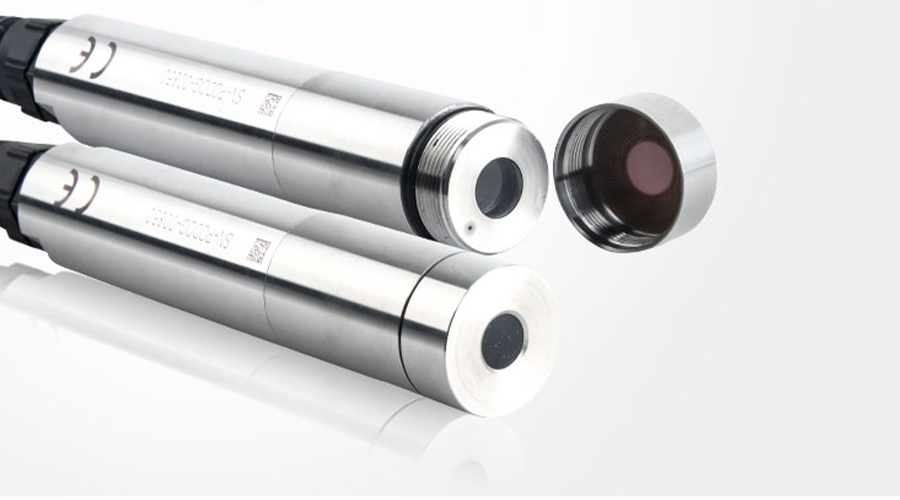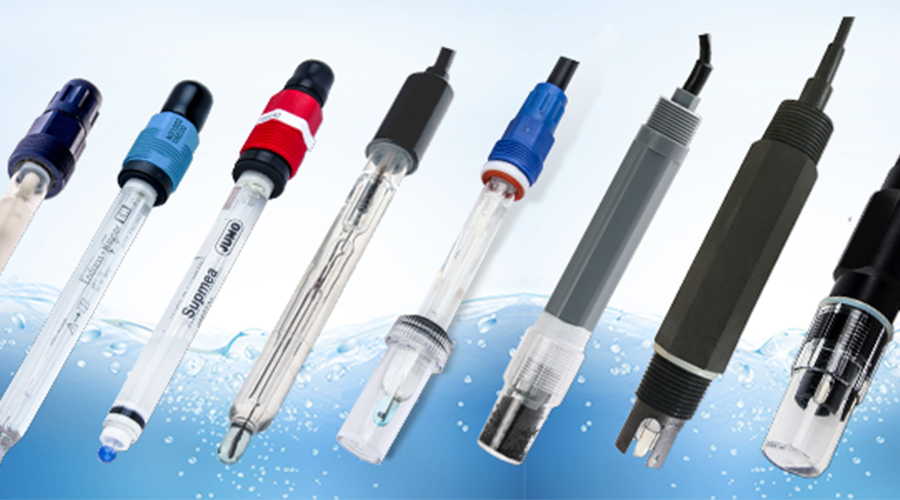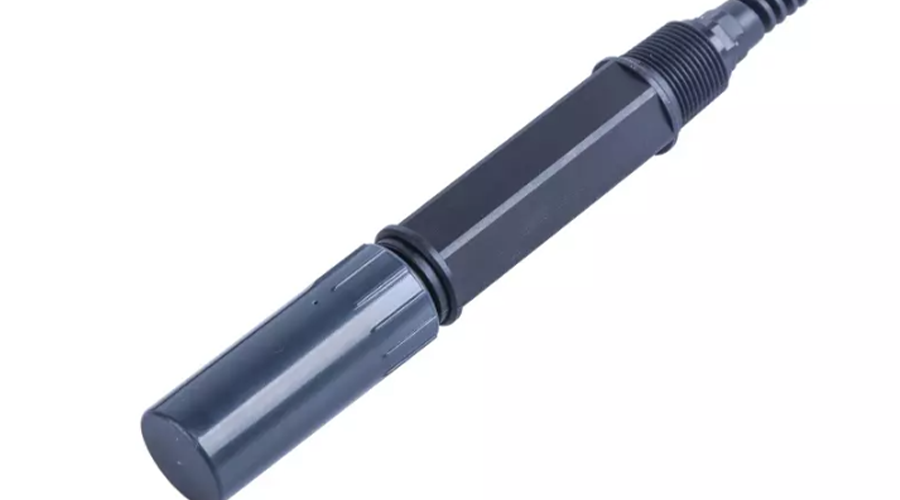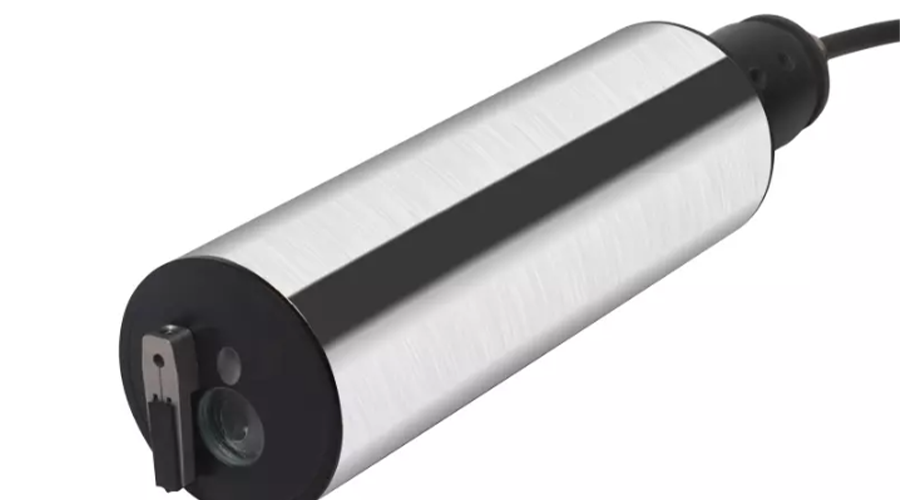Water is the source of life, and its safety cannot be ignored. Water quality testing is an indispensable link to ensure water safety and water pollution control. The water quality detection sensor is our “guardian” and the “first line of defense” for our water safety.
Optical Dissolved Oxygen Transmitter
Water bodies that are not polluted by oxygen-depleting substances (generally organic matter) are saturated with dissolved oxygen. When the content of organic matter in the water exceeds the dissolved oxygen supply rate, especially when the dissolved oxygen index is infinitely close to 0, the organic matter is easily corrupted and pollutes the water quality.
Optical-dissolved oxygen transmitter does not consume oxygen and does not require electrolytes. Built-in temperature and humidity transmitter, automatic temperature compensation; accurate measurement, long life, and optical film can be used for one year under normal conditions. IP68 high protection shell, waterproof and dustproof. Easy to install; responsive; good stability.
What are its application areas?
1. Sewage treatment
Monitor the concentration of dissolved oxygen during water treatment to improve water treatment efficiency.
2. Industrial production
Monitor the content of dissolved oxygen in the production process to ensure the normal progress of the production process.
3. Environmental monitoring
Monitor the concentration of dissolved oxygen in the environment, and timely discover and deal with behaviors and events that pollute the environment.
4. Aquaculture
The monitoring of dissolved oxygen in the water meets the demand of aquaculture organisms for dissolved oxygen.
Industrial pH Transmitter
Anyone who does aquaculture knows that the most suitable pH range in water is between 7.5 and 8.5. If the pH is too low, it is easy to cause physiological hypoxia in aquaculture animals. If the pH value is too high, the gill tissues of fish and shrimp may be corroded by water, and fish and shrimp will lose their ability to breathe and die in large numbers, causing economic losses to aquaculture farmers.
The industrial pH transmitter can measure the pH value of water (hydrogen ion concentration index, pH), and has a temperature compensation function. Manual temperature compensation and automatic temperature compensation can be switched at will. According to different usage scenarios, different electrode types can be selected.
Industrial ORP Transmitter
ORP value is an important indicator of water quality. Although it cannot independently reflect the quality of water, it can reflect the ecological environment of the aquarium system in combination with other water quality indicators. As an oxidation-reduction potential, it is used to reflect the macroscopic redox properties exhibited by all substances in an aqueous solution.
The industrial ORP transmitter is made of high-purity platinum, which has strong acid and alkali resistance and oxidation resistance, high measurement accuracy, and good stability.
Application
1. Industrial sewage treatment
The redox system used in water treatment is mainly the reduction of chronic acid and the oxidation of cyanide.
2. Water disinfection and application
Oxidation-reduction potential can measure the disinfection effect of swimming pool water, mineral water, and tap water. Because the bactericidal efficiency of coliform bacteria in the water is related to the oxidation-reduction potential, the oxidation-reduction potential is a reliable indicator of water quality.
3. Breeding industry
Oxidation-reduction potential can reflect the concentration of certain inorganic substances in water, the state of aquatic organisms, and the oxygen content in water, reflecting the macroscopic oxidation-reduction properties of water quality, and is a comprehensive indicator for judging water quality.
Ammonia nitrogen ion transmitter
Ammonia nitrogen is a nutrient in the water. Its large amount of existence will increase the number of photosynthetic microorganisms (mostly algae). The metabolism of blue-green algae will produce toxins, which will damage the health of aquatic organisms. The oxygen consumed by their mass reproduction will lead to the negative oxidation of water bodies. , resulting in the death of aquatic organisms. Ammonia nitrogen in water will be converted into nitrite under certain conditions, and long-term drinking can easily cause cancer.
Ammonia nitrogen ion transmitter can detect the concentration of ammonia nitrogen in water [combined nitrogen in the form of free ammonia (NH3) and ammonium ion (NH4+)], with automatic PH and temperature compensation, higher accuracy, and wider application environment; online Equipment, no reagents, no pollution detection; one-piece shell, 3/4 thread design, can be directly put into the installation.
Industrial Chlorine Transmitter
Residual chlorine refers to the residual chlorine content in water after a certain period of contact with a chlorine agent when chlorination is used for the disinfection of water. Chlorine has been used for tap water disinfection for more than 100 years. Appropriate residual chlorine in water can prevent the regrowth of Escherichia coli, inhibit the formation of biofilm, prevent the occurrence of occasional pathogens, and have a certain ability of continuous disinfection.
However, excessive residual chlorine will endanger human health. The detection of residual chlorine content, on the one hand, is responsible for the health of people’s drinking water, and on the other hand, it is our responsibility to the natural environment.
The industrial residual chlorine transmitter is a device for measuring the concentration of residual chlorine in water (hypochlorous acid, hypochlorite concentration). The use of advanced non-membrane constant voltage sensors and the use of the three-electrode systems have the advantages of high measurement accuracy, long working life, and no need for frequent calibration.
The industrial residual chlorine transmitter is suitable for automatic dosing of circulating water, chlorination control of swimming pools, and accurate measurement of residual chlorine content in aqueous solutions of drinking water treatment plants, drinking water distribution networks, swimming pools, and hospital wastewater.
Industrial EC Transmitter
Generally speaking, the EC value refers to the concentration of soluble salts in water quality. Industrial EC transmitters can be used in cross-section water quality, aquaculture, and sewage treatment. Salinity measurement is extremely important if it is during the nursery period in fish farming, especially mariculture. Mariculture species are divided into wide-saline and narrow-saline varieties. Wide-saline varieties can be produced at different salinities, such as sturgeon, but narrow-saline varieties can only survive at a certain salinity, such as sea cucumbers. Therefore, it is necessary to measure the salinity of fish farming. If it is freshwater farming, there is no need to measure the salinity.
Turbidity Transmitter
Turbidity refers to the resistance of the solution to the passage of light. Controlling the turbidity of water is an important water quality indicator. The turbidity of drinking water should not exceed 5 degrees; the turbidity of supplementary water for circulating cooling water treatment in industrial systems The degree of turbidity is 2-5 degrees; the turbidity of the effluent water (raw water) of the anion-yang bed ion exchange desalination of the water treatment equipment should be less than 5 degrees; the turbidity of the water is required to be less than 0.3 degrees for the manufacture of man-made fibers.
The turbidity transmitter adopts the mature 90° scattered light principle abroad, and uses the design method of infrared LED light source and optical fiber transmission light path; the internal filter algorithm is added, and the ability to resist external light interference is strong. The built-in temperature transmitter can automatically compensate for the temperature and is suitable for use in environments that require online long-term monitoring.
Self-cleaning COD transmitter
Chemical oxygen demand (COD) is an index to measure the amount of reducing substances in water, and the reducing substances in water are mainly organic matter, so chemical oxygen demand (COD) is often used as an index to measure the amount of organic matter in water, chemical oxygen demand The greater the amount of COD (COD), the more serious the water body is polluted by organic matter.
The development of industry has caused serious pollution to the environment, which can only be changed slowly when we realize it. Today, with more and more emphasis on environmental protection, water quality analyzers have become indispensable to more and more industries, and these sensors for water quality analysis will continue to be our “guardians”. Protect water sources, protect the environment, and protect our lives and health for us.
While they build a protective barrier for our life safety, we also need to guard them. The exclusive “self-cleaning bracket” for water quality sensors is suitable for water quality probes without self-cleaning functions, such as various pH electrodes, residual chlorine electrodes, ORP electrodes, dissolved oxygen transmitters, turbidity transmitters, ammonia nitrogen transmitters, etc.
Post time: Apr-10-2023




